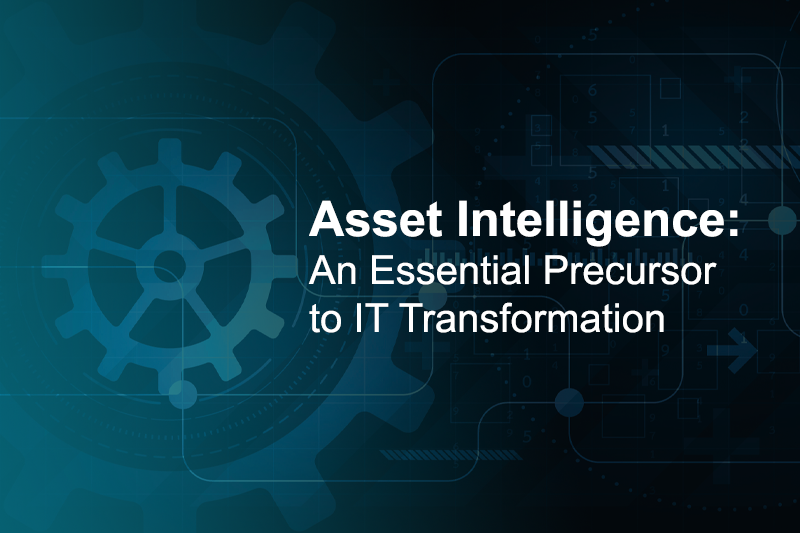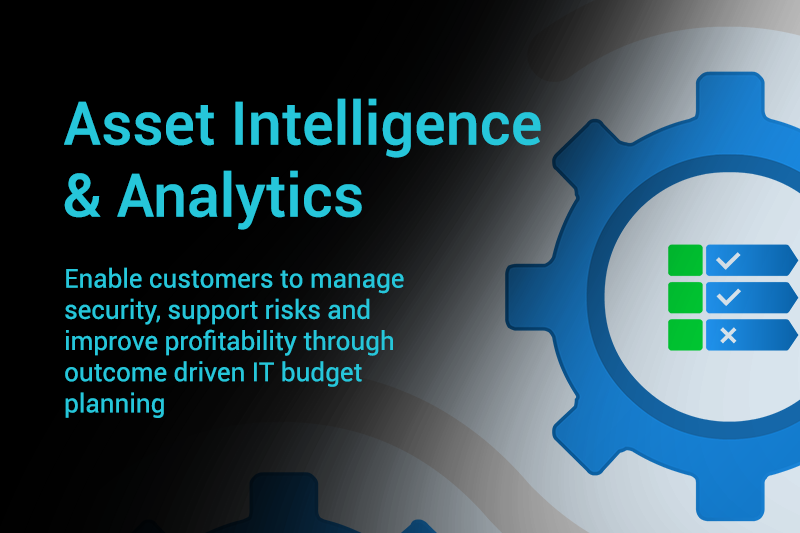Complexity breaks correlation. Intelligence brings cohesion. This simple principle is what makes real-time asset intelligence a must-have for AIOps that is meant to diffuse complexity. To further create a context for the user, it is critical to understand service dependencies and correlate alerts across the stack to resolve incidents.
Why not just CMDB?
CMDB systems have been useful to break down configuration items into logical layers. But, that’s not enough because they can become outdated very soon.
That’s when connectivity among assets and their dependencies matter to remain relevant in real-time. This opens up new possibilities for an enterprise to tap into. IT monitoring, change management, asset management, and dependency mapping for troubleshooting are some areas that have a direct positive impact when enterprises have access to real-time asset intelligence linked to CMDB.
If your CMDB is not accurate with data management systems, you can explore the CloudFabrix Discovery tool.
Why is asset intelligence critical to AIOps?
Asset intelligence is a critical part of AIOps. Unless you have a log and know about what are the assets that you have, and how they are connected to each other, you cannot correlate to each other very easily. And that’s why real-time asset intelligence is required.
Third-party asset and dependency intelligence is an obvious next forethought, but they come with more challenges and complexities. Depending on third-party for asset and dependency intelligence would require a continuous feed of data on a regular basis. This process gets expensive and out of date very soon.

Real-time Asset intelligence opens other possibilities
With automation and discovery tools, CMDB can be kept up to date, in real-time. Real-time asset intelligence with automation brought by AIOps opens up many possibilities, and here is how it contributes to an enterprise.
IT monitoring
For alerts and notifications, just a monitoring tool is not enough. The information sent by such a monitoring tool is not up-to-date. People rely on manual feeds, which are expensive and are not in sync. Asset intelligence brings forth deep information that builds context which would otherwise be missing. Asset intelligence can point to issues corresponding to servers, topologies, networks, storage, apps, or services.
Risk & Compliance management
An organization must audit IT assets periodically to eliminate risks from end of life/end of support, vulnerabilities and ensure compliance with regulations and local governing laws. IT asset information is also maintained in many different places and on various forms, in spreadsheets, databases, ERP or CRM, or other systems makes it difficult to gather this information. All these challenges can easily increase compliance and vulnerability risks for any organization. CloudFabrix’s solution automates the process of data collection, analysis and reporting significantly reducing the operations costs while improving the accuracy and timeliness of the insights.
Change management
No one has a clue if anything is changed in the IT infrastructure. And, even if something changes, updates can only be notified. With asset intelligence, you will not only know the change, but before making the change, it will also tell you if a change is made to a business service A then, what would be its impact on business service B. This helps you evaluate and take measures before making any changes.
Asset management
Asset intelligence provides a 360-degree view of asset inventory, dependencies, lifecycle, performance, utilization, and compliance. It provides a thorough insight on ‘What do we have vs what is out of date?’ You get to compare it and inform compliance.
Dependency mapping
It allows for dependency mapping, especially useful for troubleshooting work. With machine learning and artificial intelligence, complex environments can be deciphered and troubleshooters would know what is wrong. Asset intelligence tells the troubleshooter the most complex part of the problem and what should be addressed or what needs more attention. It maps dependencies that are affected by alert correlation, triaging, planning, and ticket resolution.




